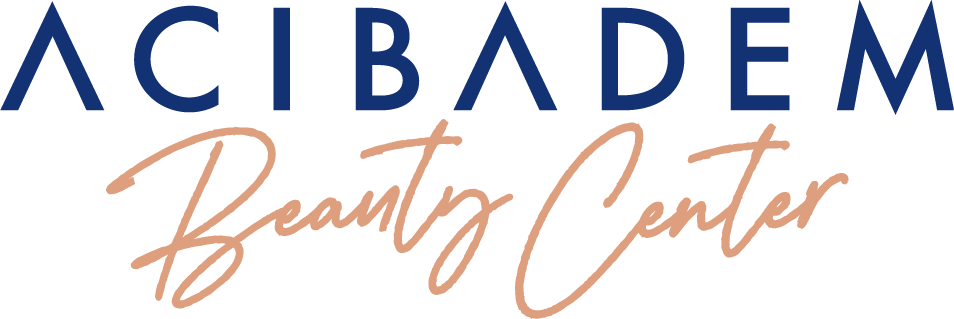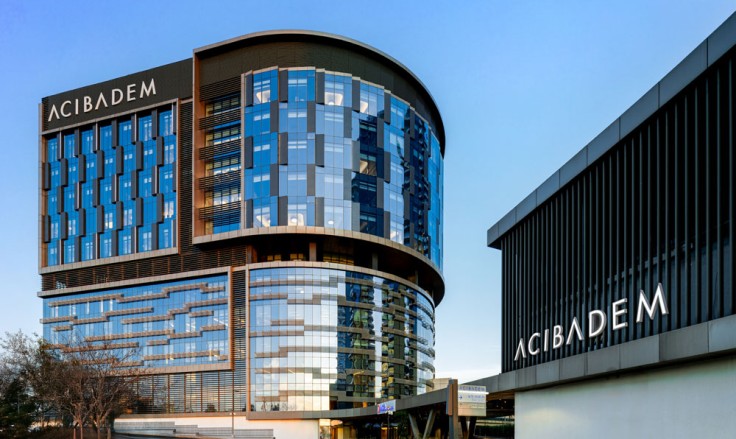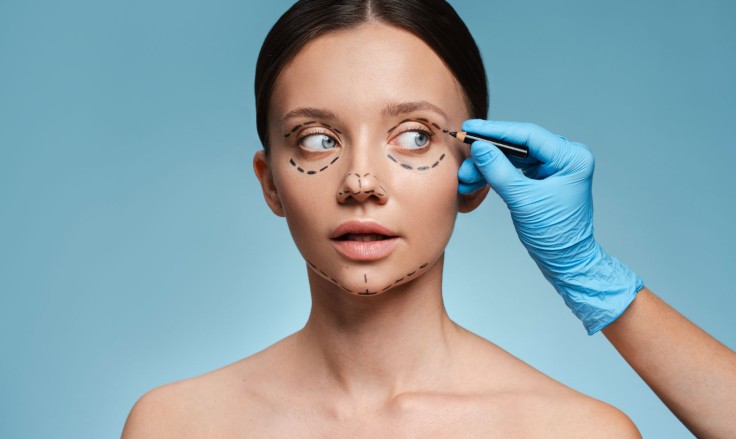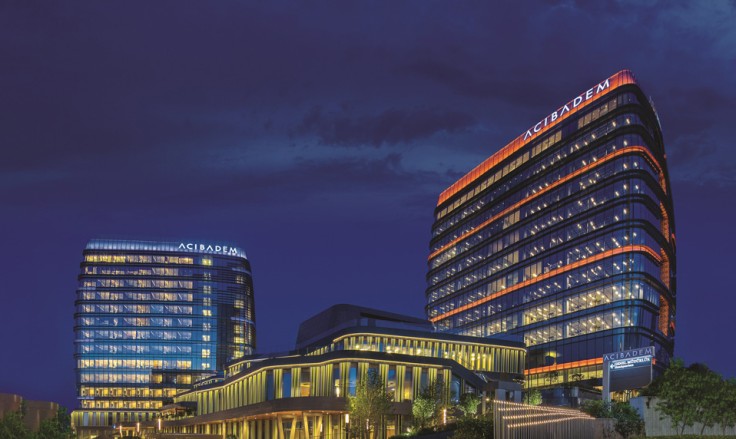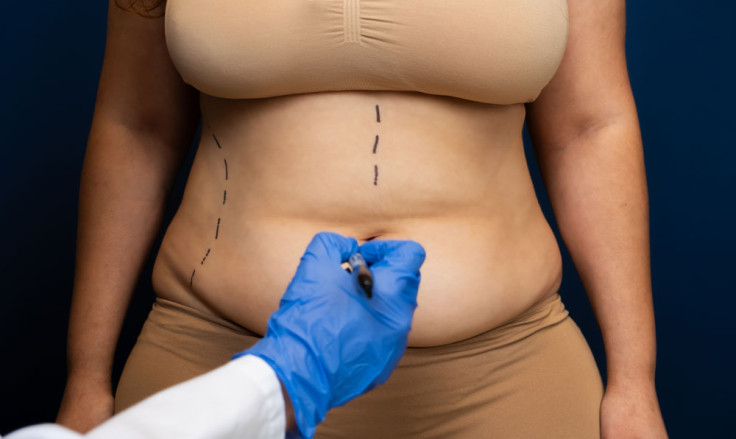What You Need to Know About Aesthetic Treatments
Introduction
Aesthetic treatments have become an integral part of modern cosmetic medicine. With advancements in technology and techniques, these procedures offer subtle, natural-looking enhancements with minimal downtime. Are you looking to rejuvenate your skin? Restore facial volume? Or refine your overall appearance? Understanding aesthetic treatments is essential. This comprehensive Aesthetic Treatments Guide explores the most common procedures. It lists their benefits and key considerations. By delving into pre-treatment planning, the latest technology, and effective aftercare. You will be well-equipped to make an informed decision on the best treatment to achieve your desired results.
Understanding Aesthetic Treatments
Aesthetic treatments encompass a wide range of procedures. They are designed to improve appearance without necessarily altering function. They include both surgical and non-surgical methods. Non-surgical treatments include injectables, laser therapies, and radiofrequency procedures. They are popular due to their minimal invasiveness and quick recovery times. Surgical procedures are more invasive. Though, they have also evolved to become less disruptive while providing long-lasting results.
The core goal of these treatments is to enhance natural beauty. Customisation is key. Each treatment is tailored to suit the individual’s facial features, skin type, and aesthetic goals. This personalised approach ensures that the outcome appears natural. It is harmonious with the rest of your appearance.
Popular Non-Surgical Treatments
Many aesthetic treatments today are non-surgical. They offer significant improvements without the risks associated with surgery. Some of the most popular non-invasive procedures include:
Botox Injections:
Botox relaxes facial muscles to reduce wrinkles. Particularly around the forehead and eyes. Results are visible within days and typically last three to four months.
Dermal Fillers:
Fillers restore lost volume and smooth out deep wrinkles. They are ideal for enhancing cheekbones, lips, and under-eye areas. With results lasting between six and eighteen months.
Laser Skin Resurfacing:
This treatment uses laser energy to remove damaged outer layers of skin, stimulating collagen production. It improves skin texture, tone, and clarity. Making it an excellent option for sun damage and scars.
Chemical Peels:
Chemical solutions exfoliate the skin. Removing damaged cells and revealing a smoother, more even complexion underneath. Peels can vary in intensity based on your skin’s needs.
Microneedling:
Microneedling creates micro-injuries in the skin, prompting the body to produce collagen and elastin. It is effective for reducing scars, fine lines, and overall skin ageing.
These treatments have gained popularity because they require little downtime. They are less costly than surgical alternatives, while still delivering impressive results.
Popular Surgical Procedures
For patients seeking more dramatic changes, surgical aesthetic treatments remain an option. Procedures such as facelifts, rhinoplasty, and blepharoplasty have evolved. They provide refined results with fewer complications. Modern surgical techniques emphasise precision and minimal invasiveness. These reduce recovery time and improve outcomes.
Facelift (Rhytidectomy):
A facelift lifts and tightens sagging facial tissues, restoring a youthful appearance. Advanced techniques allow for smaller incisions and faster recovery.
Rhinoplasty:
Often referred to as a nose job, rhinoplasty reshapes the nose to improve both aesthetics and breathing function. Digital imaging helps tailor the procedure to the patient’s features.
Blepharoplasty:
Eyelid surgery removes excess skin and fat from the eyelids, resulting in a more alert and youthful appearance. This procedure is typically quick and has a short recovery time.
Surgical treatments offer long-lasting results and can address multiple concerns simultaneously. However, they require a more extended recovery period. And, involve higher costs and risks compared to non-surgical options.
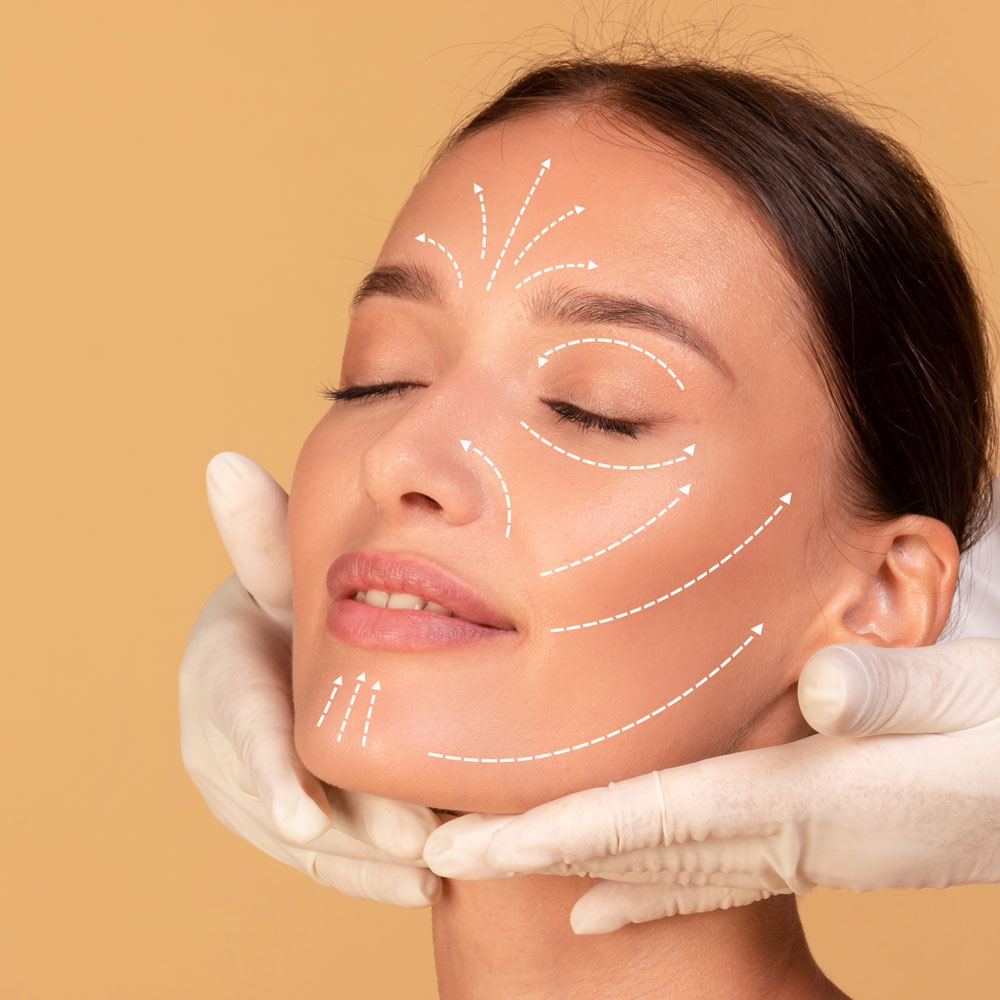
The Role of Technology in Aesthetic Treatments
Technology has dramatically improved the outcomes of aesthetic treatments. Digital imaging and 3D modelling are now commonly used to plan procedures with high precision. These tools enable surgeons to customise treatment plans. Ensuring that the results are tailored to the patient’s unique anatomy. Additionally, innovative devices such as advanced lasers and radiofrequency systems have made non-invasive treatments safer and more effective.
For example, digital planning in facial rejuvenation helps visualise the expected outcomes. Leading to higher patient satisfaction and more predictable results. As technology continues to evolve, aesthetic treatments are likely to become even more personalised. Efficiency will be improved, and results even more natural-looking.
Conclusion
To summarise, aesthetic treatments offer a wide array of options tailored to enhance your appearance naturally. Whether you opt for non-surgical procedures like Botox, dermal fillers, and laser therapies. Or, choose surgical options such as facelifts and rhinoplasty, understanding the process is key to success. The integration of advanced technology, customised treatment planning, and effective aftercare protocols has transformed the field, making procedures safer and more predictable. By following our Aesthetic Treatments Guide, you can make informed decisions, set realistic expectations, and achieve long-lasting, natural-looking results.
For more information on aesthetic treatments and to book a consultation visit the ACIBADEM Beauty Center Aesthetics webpage.
